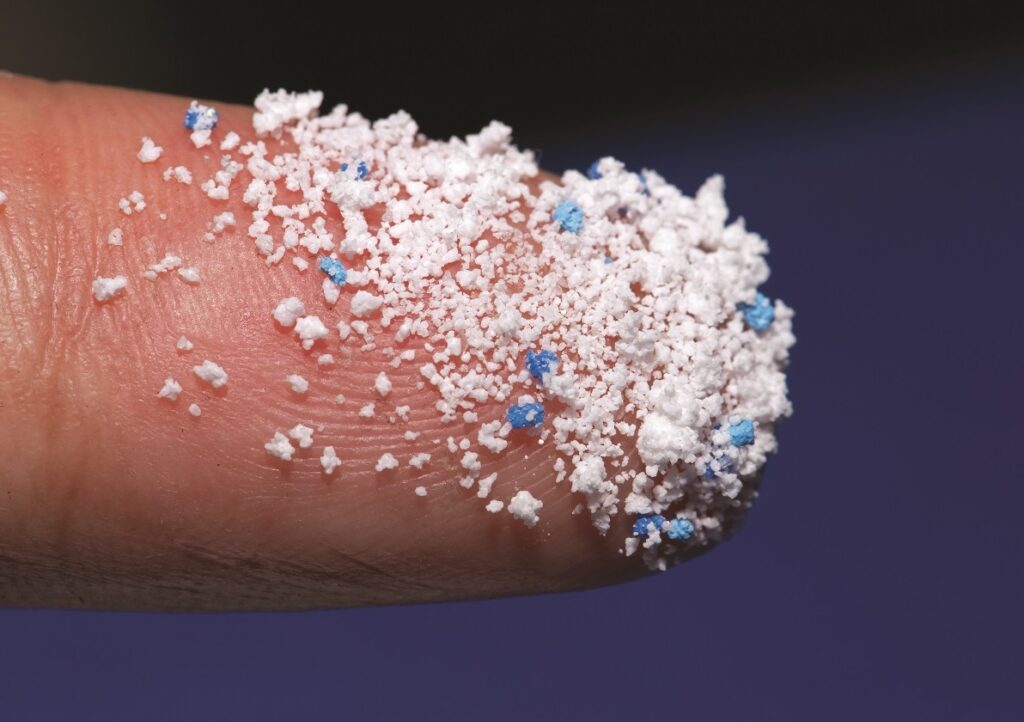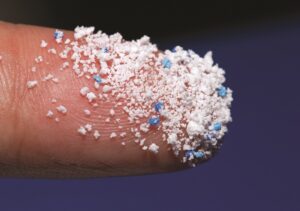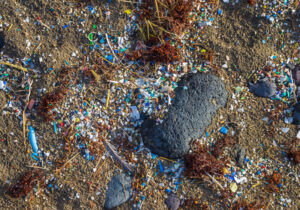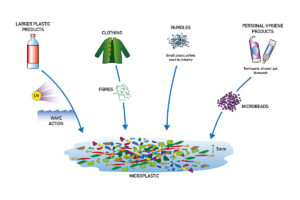Microplastics: The Invisible Invaders

– Shivaan Darda
Since 1960, the use of plastic packaging has multiplied by 120 percent and is predicted to double once more in the following 20 years. The breakdown of bigger plastic objects, microbeads in personal care products and synthetic fibres from clothing are some of the major origins of these tiny plastic particles, which are as small as 5 millimetres in size. They are not biodegradable, which allows them to linger in the environment for a very long time and be consumed by both animals and humans.

Did You Know?
Up to 700,000 microplastic fibres can be released into the environment with just one wash of laundry. And around 840 million washing machines are used in households and businesses all over the world each week to soak, tumble and spin billions of articles of clothing and fabrics. So you can only imagine the impact!
The Far-Reaching Impacts

The effects of microplastics on wildlife are extensive. They have the potential to discharge hazardous substances into the environment as well as physically hurt wildlife, such as internal obstructions. Additionally, the accumulation of microplastics in the food chain has an impact on human health and causes various infections and viruses.
Doing Our Deed

To combat these minute plastic particles we can start by making changes in our daily routines, such as using less plastic, properly disposing of plastic garbage, utilising natural personal care products and assisting companies that employ sustainable business practices. We can also push for legislative changes that encourage the adoption of environmentally friendly alternatives to plastic.